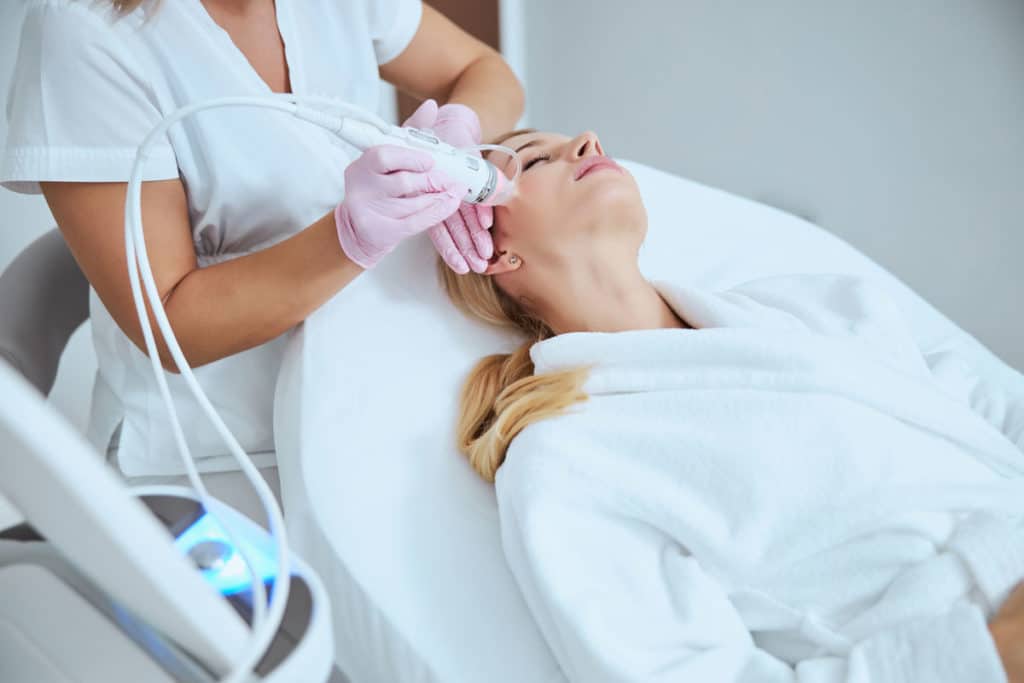One of the biggest questions that practitioners get from patients is about skin tightening. While fillers and neurotoxins are a non-surgical way to treat uneven “crepey” skin, fine lines and wrinkles, and loss of volume, they can’t always address the loose sagging skin in the lower face or neck. This is why there has been such an explosion in non-surgical skin tightening options. While there is always the option for surgery, most patients want a non-surgical option that lets them get back to their normal, busy, daily lives.
That is where ultrasound technology comes into play. We’ve previously discussed Ultherapy, which uses ultrasound technology to lift and tighten the skin. It targets the deepest layers of the skin to stimulate neocollagenesis, which increases and regenerates the collagen in the skin. Ultherapy has been around since 2009 and has really been one of the only ultrasound technologies out there that can improve the tightness of skin. But recently, the FDA approved Sofwave for the lifting of eyebrows, sub-mental tissue, and neck tissue. The Sofwave system uses Synchronous Ultrasound Parallel Beam Technology (SUPERB) to generate heat at the depth of 1.5mm in the mid-dermis. This then stimulates neocollagenesis.
Ultherapy vs. Sofwave
Both Ultherapy and Sofwave are non-surgical skin tightening devices that use ultrasound technology to heat the skin and induce the body to produce more collagen. With Ultherapy, treatment can be rather uncomfortable and a typical treatment lasts around 60 minutes. While there is no downtime, patients may experience swelling and redness, bruising, or numbness. Ultherapy is able to go deeper into the skin and target the muscles for more lifting or more noticable results. One treatment may be all that is necessary, depending on the laxity of the skin; however, an evaluation after 3 months is suggested to see if an additional treatment is indicated. Results are typically seen for up to 2 years.
With Sofwave, a treatment takes 30-40 minutes and patients experience little discomfort. There is a larger treatment head consisting of seven transducers that is able to produce more energy and thus takes fewer passes. Similar to Ultherapy, results will start to appear after 3 months and can last 2-3 years. Sofwave does not target the deeper layers of the skin and is designed to treat more superficially.
The biggest draw to these two treatments is that there is little to no downtime unlike surgery and can give patients the results they are looking for. There is a market for these non-surgical treatments and having more tools in our arsenal is definitely helpful.

